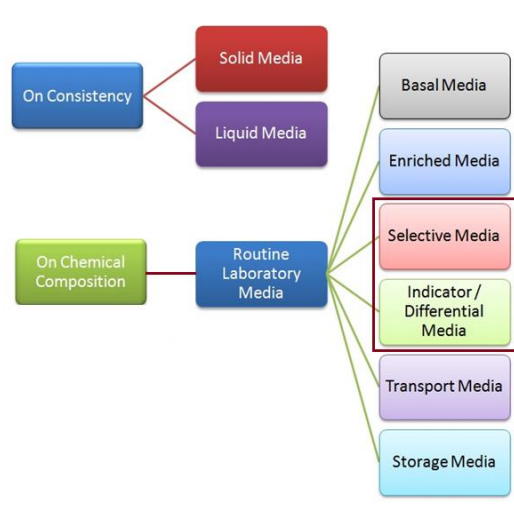Taxonomy
1/18
Earn XP
Description and Tags
Biology 5.3
Name | Mastery | Learn | Test | Matching | Spaced |
|---|
No study sessions yet.
19 Terms
Aristotle's Classification (5)
Classified living things as plants or animals.
Animals further classified into:
land dwellers
water dwellers
air dwellers
Micro-organism Naming Sources (4)
Descriptive names
Scientist's names
Geographic places
Organizations
Bacterial Taxonomy (3)
Classification, naming, and identification of bacteria
Provides a standardized process for identifying and categorizing bacteria
Organizes bacterial species into hierarchical categories
Genetic
Phenotypic
Ecological characteristics
X
X
Domain definition and types (4)
The highest taxonomic rank
Bacteria
Eukaryota
Archea
Bacteria Classification (7)
Phylum
Broad structural or genetic similarities
Fx.: Eubacteria
Class
A group of related orders
Fx.: Gammaproteobacteria
Order
A group of related families
Fx.: Enterobacterales
Family
A group of related genera
Fx.: Enterobacteraceae
Genus
A group of species, closely related and share common characteristics
Fx.: Escherichia
Species
The most specific level
Individual organisms that can interbreed and share common traits
Fx.: coli
Sub-species
A species that is too closely related to be regarded as different species, but too distantly related to be regarded as the same species
Common Bacterial Phyla (3)
Proteobacteria
Gram-negative bacteria
Fx.: Escherichia coli, Pseudomonas aeruginosa
Firmicutes
Mostly Gram-positive bacteria
Fx.: Bacillus anthracis, Clostridium perfringens, Staphylococcus aureus
Actinobacteria
Gram-positive bacteria with high G+C content
Fx.: Mycobacterium tuberculosis, Corynebacterium diphtheriae
Methods of Classification
Genotypic Classification
16S rRNA Gene Sequencing
Highly preserved across bacterial species with enough variability to differentiate species
Whole Genome Sequencing
Provides comprehensive genetic information for more accurate identification and relationship determination
Phenotypic Classification
Morphology
Staining reaction (Gram’s stain)
Gram-positive or Gram-negative
Metabolism
Oxygen requirement, fermentation patterns, nutrient requirements
Biochemical test reactions
Enzymatic activity (catalase, coagulase)
Antibiotic sensitivity
Natural resistance
Role of Taxonomy in Diagnostic Microbiology (9!!)
Establishes and maintains records of key characteristics of clinically relevant microorganisms
Facilitates communication among the scientific and medical communities by assigning universally useful names to clinically relevant microorganisms
Establishing an association between an organism and a disease or syndrome
Accumulating knowledge regarding management and outcome of a disease
Understanding the mechanisms and patterns of antimicrobial resistance and detecting new resistance mechanisms
Recognizing new and emerging pathogenic microorganisms
Recognizing changes in types of infections or diseases
Developing new methods for the detection and identification of infectious agents
Developing new anti-infective therapies
Anatomy of Bacterial Nomenclature + example (4)
Descriptive
Staphylococcus aureus (Grape-like cluster of spheres, golden in color)
Scientist’s Names
Escherichia spp. (Theodor Escherich)
Listeria spp. (Joseph Lister)
Geographic Places
Legionella longbeachiae (Long Beach, California)
Salmonella gozo (Gozitan bovines)
Salmonella enterica subsp. enterica ser. Gozo
Organizations
Legionella spp. (American Legion)
Introduction to Micro-organism Nomenclature people (3)
Carl Linnaeus (1707 - 1778)
Joseph Lister (1827 - 1912)
Theodor Escherich (1857 - 1911)
Rules of Nomenclature use of (9)
Binary Names
Genus name first then species name
fx.: Escherichia coli
Capitalization
The Genus name is always capitalized
The species name is never capitalized
Italicize/ italics
Names of taxa are printed in italics
Underlined if handwritten
Strain designations and numbers are NOT italicized
Taxa
Kingdom, phyla, classes, orders, families, genus
Streptococcus bovis serotype II
Genus: Streptococcus
Species: bovis
Serotype II: This refers to a specific variant or strain
Initials
Written in full the first time
After the generic name is abbreviated to the initial capital letter
Proteus mirabilis → P. mirabilis
Not be confusable
Common Names
Vernacular names should be in lowercase, non-italicized
streptococci, brucella
Sub-species
Salmonella enterica → S. enterica
Salmonella enterica subsp. arizonae → S. enterica subsp. arizonae
Serovars
Identify different strains of bacteria that belong to the same species but have distinct immunological properties
Salmonella enterica serovar Typhimurium
Salmonella enterica serovar Typhi
Abbreviation for Species
Use sp. for a particular species
Use spp. for several species
Do not italicize
Brucella species, Providencia sp., Acinetobacter spp.
Alternative Terminology (photo)
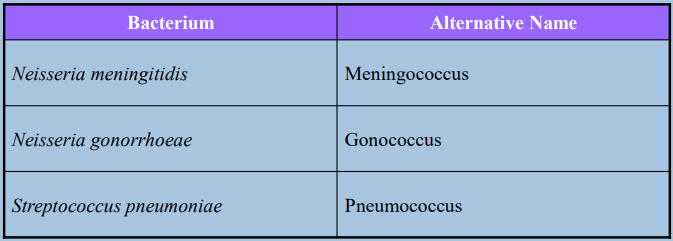
Bacterial Classification (photo)
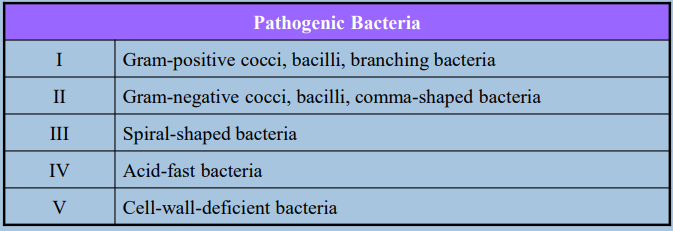
Gram-Positive Bacteria (photo)
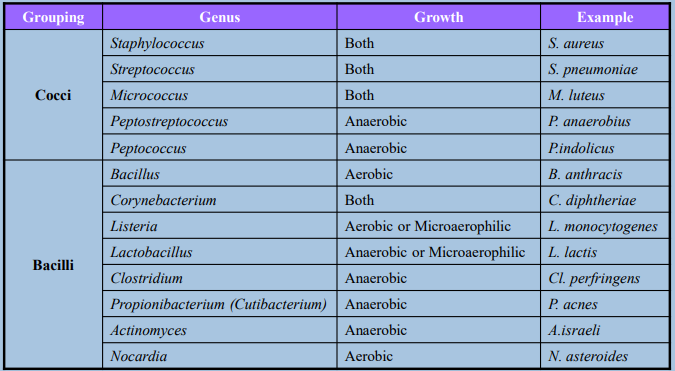
Gram-Negative Bacteria (photo)
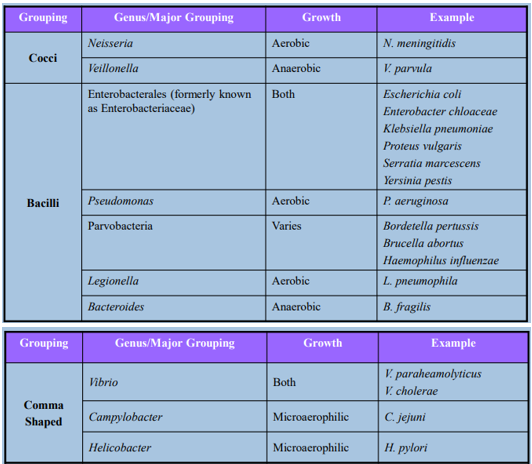
Other Bacterial Groups (photo)
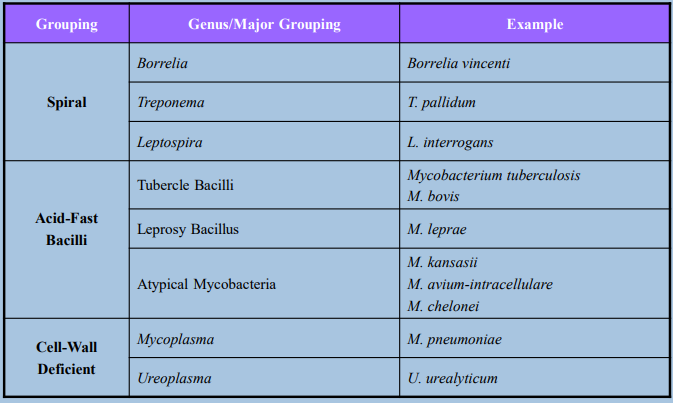
Principles of Bacterial Cultivation (3)
Grow and isolate bacteria from clinical specimens
Identify bacteria most likely causing an infection versus contaminants or colonizers
Obtain sufficient bacterial growth for identification and characterization
Types of Culture Media (photo)
